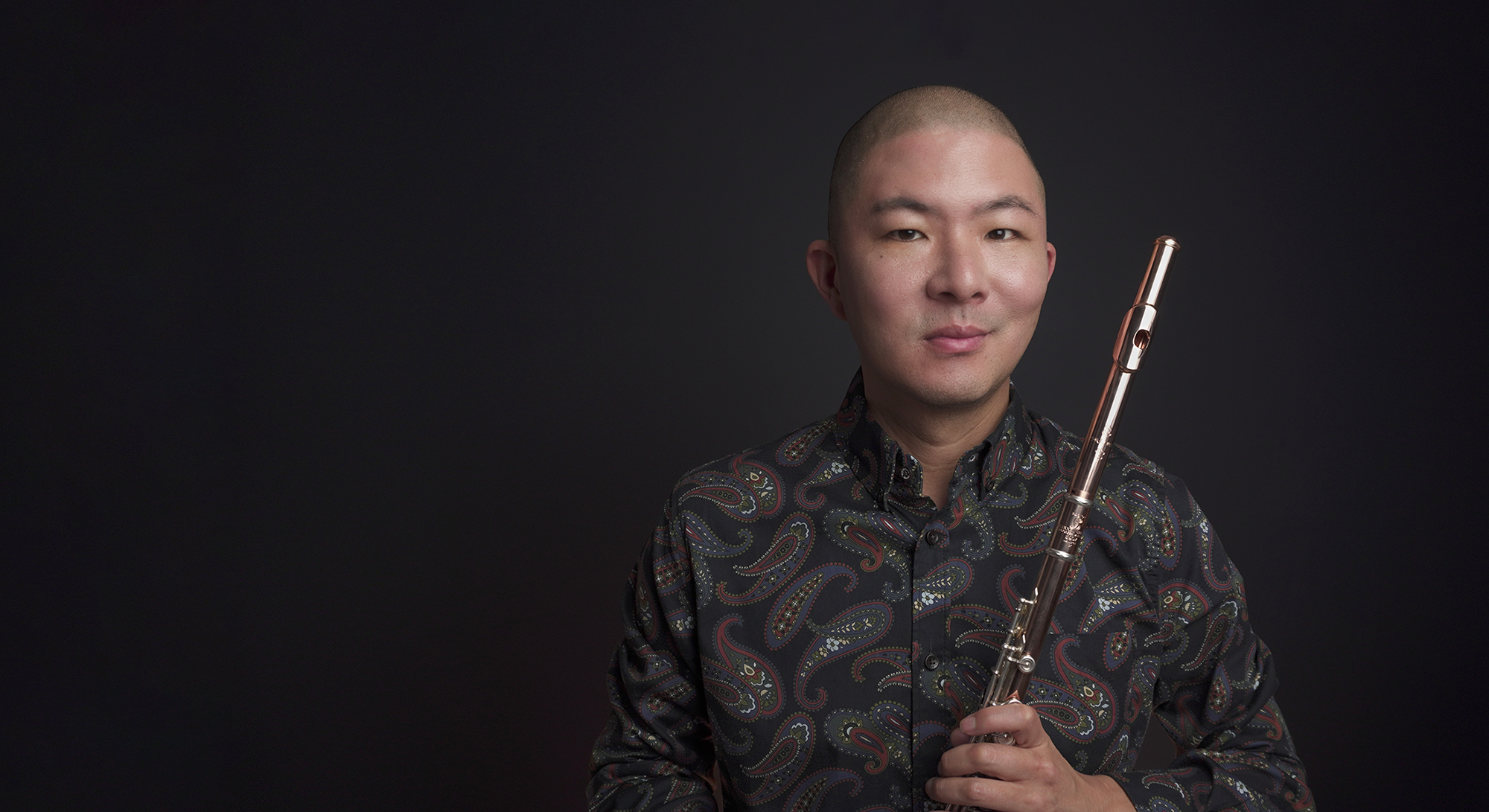The orchestra was seated on stage, between chorus and soloists, which made balancing orchestra and soloists in climaxes challenging, but which also resulted in a more integrated sound, punctuated by brilliant solos, such as Lance Suzuki’s flashes of lightning on piccolo.
"Spectactular Rigoletto Benefits from Concert Format"
Honolulu Star-Advertiser
June 27, 2016
Of the instrumentalists, Emilie-Anne Gendron (violinist), Lance Suzuki (flutist) and Kathy Halvorson (oboist) had several especially fine moments.
"Argento at the Armory, With 'Das Lied'"
The New York Times
January 18, 2015; by James Oestrich
The woodwind playing was marvelous, and clarinetist Carol McGonnell and flutist Lance Suzuki were ravishingly expressive in "Der Abschied."
"Argento Ensemble offers an earthy, profound 'Das Lied'"
New York Classical Review
January 16, 2015; by George Grella
Lance Suzuki's flute solo in the first movement was mezmerizing.
"Mahler 9 - reduced yet memorably rendered by Argento Chamber Ensemble"
New York Classical Review
September 16, 2014; by George Grella
While alert to the score’s spikiness, the instrumentalists were more careful to emphasize its beauties, as with Lance Suzuki’s gorgeous flute tone at the start of “Der Kranke Mond”
"Better Late Than Never, a Nod to ‘Pierrot Lunaire’"
The New York Times
December 3, 2012; by Zachary Woolfe
The Adagio espressivo was particularly successful, thanks largely to magnificently sweet-toned solo playing by Miranda Cuckson, the violinist; Ms. Griffin, the violist; Keve Wilson, the oboist; and Lance Suzuki, the flutist.
"Schumann Performed as Others Hear Him"
The New York Times
June 23, 2010; by Allan Kozinn
Adam Schoenberg’s “One Acquainted With the Night” uses gentle chromaticism to create mystery and sensuality, and was given a shapely reading by Lance Suzuki, flutist, and Akimi Fukuhara, pianist.
"26 Works, New and Old, to Aid Relief in Haiti"
The New York Times
February 15, 2010; by Allan Kozinn
[Behzad] Ranjbaran, who was born in Tehran and came to the United States as a music student in 1974, contributed “Fountains of Fin” (2008), an evocation of an ancient garden in Kashan, Iran, which has many spring-fed fountains and pools, as well as a large bath that was the scene of a 19th-century political assassination...[T]he flute line, which often stands apart or interacts almost conversationally with the strings, is meant to suggest the Persian version of the ney, a wooden flute used throughout the Middle East...It proved a gripping piece, and the ensemble — Mr. Peskanov, the flutist Lance Suzuki and the cellist Adrian Daurov — made a powerful case for it.
"Afloat on the High Seas, Persian Fountains and the Blues"
The New York Times
August 31, 2008; by Allan Kozinn
They also each played solo sets and works for flute and guitar in which they were joined by Lance Suzuki. The guitar and flute works proved the evening's most compelling offerings. Mr. Mantovani's contribution was "Acrobats," a three-movement piece composed for him by Mr. Leisner. Inspired by a macabre short story by Nathan Englander set during World War II, in which a group of Hasidic Jews find themselves on a circus train instead of a train to a death camp, Mr. Leisner's composition is a sometimes eerie, sometimes lively fantasy that draws fully on the coloristic aspects of both instruments....Osvaldo Golijov's "Fish Tale," one of the flute and guitar works Mr. Leisner played, is equally picturesque, and a good deal cheerier. Mr. Leisner and Mr. Suzuki also gave a lively account of William Bolcom's Spanish-flavored "Tres Piezas Lindas."
"Mixing Two Guitarists and a Flutist, for a Prize With a Price"
The New York Times
April 22, 2005; by Allan Kozinn
William Bolcom's “Tres Piezas Lindas” for Flute and Guitar, in its New York premiere, is a fun piece which brought in a terrific young flutist by the name of Lance Suzuki...he is an unusually passionate flutist who captivates an audience. The performances by Mantovani and Suzuki were exceptional.
The New York Concert Review
April 20, 2005; by Anthony Aibel
In a Concerto in C for Two Flutes, Lance Suzuki closely matched [Paula] Robison in tone and phrasing. And in a Concerto in C, she and Mr. Suzuki were joined by two energetic solo violinists, Nurit Pacht and Mineko Yajima.
"Letting a Modern Flute Loose on Vivaldi, but Not Alone"
The New York Times
December 8, 2004; by Allan Kozinn
The orchestra also produced the evening's soloist from its ranks, flutist Lance Suzuki, an undergraduate studying at USC. He played Ibert's 1934 Concerto with articulate verve, blowing through the long perpetual motion lines of the outer movements with an almost proto-bop swing. At the singing center of the piece, he proved musically poised, cool in sound and eminently Gallic in affect, with a sweetly lyrical duet assist from concertmaster Wilson Chu.
"Hermanto Upholds a Vibrant Conducting Tradition"
The Los Angeles Times
November 22, 1999; by John Henken

